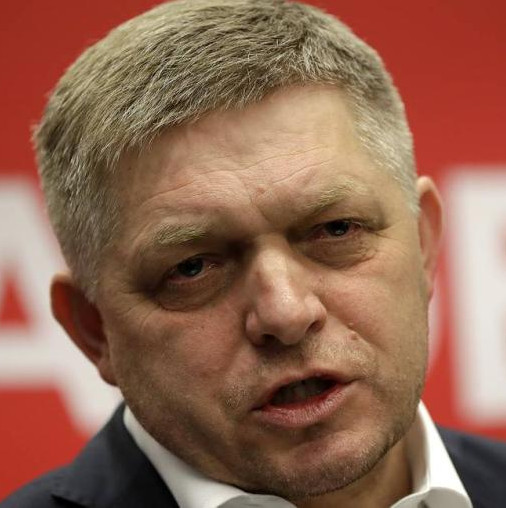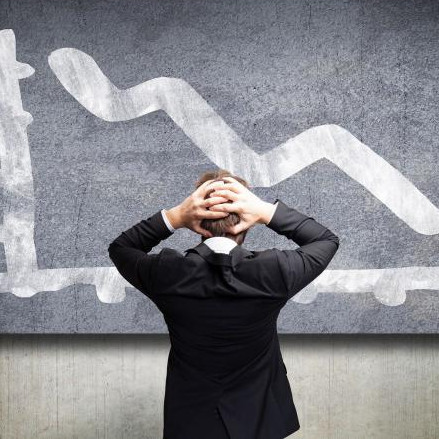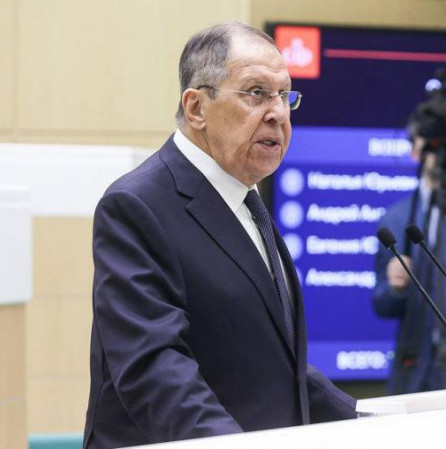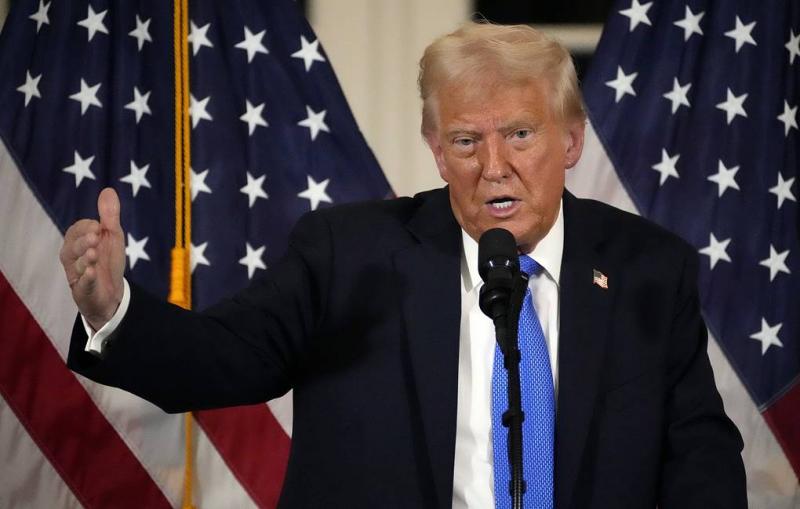The prospects of Trump’s proposals on Ukraine, the impact of Hamas’ refusal to release hostages, and Russian military technologies are gaining attention. These stories topped the headlines in Wednesday’s newspapers across Russia, according to TASS news agency.
Vedomosti: What is happening with Trump's plan to settle the Ukraine conflict
The team of US President Donald Trump has once again delayed the unveiling of its plans to resolve the conflict in Ukraine. It maintains that Trump will receive the final version in a few weeks, after consultations with his European allies.
US special envoy for Ukraine and Russia Keith Kellogg is scheduled to present Trump with a plan in the near future, Bloomberg reported, citing sources. Several hours before that, the Daily Telegraph reported Kellogg’s supposed decision to pause the development of the initiative until consultations with European NATO allies.
Trump and his team have faced the harsh reality which does not align with their 2024 preliminary drafts, said Dmitry Suslov, Deputy Director of the Center for Comprehensive European and International Studies at the Higher School of Economics. "Kellogg’s plan envisioned a truce, elections in Ukraine, and the continuation of talks. This is practically impossible given that Russia is not prepared to freeze the conflict while Zelensky is reluctant to hold elections because it would likely result in his political downfall," the expert asserted.
Suslov stressed that Trump will use any leverage on Russia to force it into talks on his terms. If his plan fails, he will attempt to shift the responsibility of supporting the Kiev regime onto Europeans, the expert believes.
"Trump is testing the waters. Hence, the seemingly contradictory moves such as pressuring Ukraine on territorial issues, demanding elections, and putting pressure on Russia through promises of continued arms supplies to the Kiev regime," said Dmitry Novikov, an associate professor at the Department of World Economy and International Affairs at the Higher School of Economics.
Media: Outcome of Hamas refusing to release hostages
US President Donald Trump has supported interrupting the ceasefire agreement in the Gaza Strip should the Palestinian Hamas movement fail to release all remaining Israeli hostages by the end of the week "As far as I’m concerned, if all of the hostages aren’t returned by Saturday at 12 o’clock - I think it’s an appropriate time - I would say, cancel it and all bets are off and let hell break out," the president told reporters in the Oval Office after signing executive actions.
He added that Israel will have the final say about resuming military operations.
The decision by Hamas may be linked to Trump’s comments about his plans for the Gaza Strip, said research fellow at the Center for Middle East Studies at the Institute of World Economy and International Relations Lyudmila Samarskaya in a conversation with Vedomosti. She noted that Washington is one of the guarantors of the deal and remarks by the US president complicate its effective implementation and undermine trust between the conflicting parties.
The suspension of the hostage release is a direct consequence of Trump’s remarks on Gaza, Ivan Bocharov, program manager at the Russian International Affairs Council, agrees. According to him, the movement realized it is pointless to conclude agreements with Israel when such a major player as the US joined the process. This may negatively impact the prospects of retaining the truce in the Gaza Strip, the expert told Vedomosti.
According to Andrey Baklanov, deputy chairman of the Association of Russian Diplomats and Higher School of Economics professor, the second phase of the deal may overlook the interests of the Hamas military wing. So, the movement will delay its implementation in order to participate in a more significant dialogue currently taking shape.
"One deal is overlapping the other one, and significant delays may occur because the same people are dealing with completely different issues. One is related to strategy, and the other one - with implementing these specific agreements that had already been approached," Baklanov told Izvestia.
Kommersant: Volume of Russian military technologies market tops $3 bln
Russia’s domestic market of military technologies reached 300 billion rubles or $3 billion for the first time last year, with one-third of it involving unmanned aerial vehicles (UAVs) and about 10% accounting for radioelectronic warfare systems. According to analysts, in the next five years, the market may increase by another 100%, partly due to related branches, such as medicine and infrastructure. However, the lack of private investments may hinder the development of the commercial military technology market in Russia, while worldwide, investments in military technologies and related branches are considered a strategic priority not only at the federal level but also for venture funds.
"The market for military technologies in Russia is showing consistent growth. This year, the key development tracks are automated UAVs, radioelectronic warfare systems, biomedicine, robotics, and artificial intelligence," Vladimir Muzhelsky of Promsvyazbank believes. Vitaly Smetanin, director of analytics at the NTI Sovereign Technology Fund, agrees, adding that educational and infrastructure projects related to military technologies have also shown significant growth.
Military technologies worldwide have become the driving force of new developments thanks to active state investment, explained Arseny Dabbakh, the founder of Dsight. "Currently, the military tech sector is flourishing in the US and other countries, even those not involved in any conflicts. Many applications may be used even after military operations are over, for example, medical technologies, prosthetic systems. These inventions create a cumulative effect," he explained.
Izvestia: EAEU economy may triple versus European GDP
The economies of the countries of the Eurasian Economic Union (EAEU) are expected to grow on average by 4.5% annually until 2030, according to forecasts from the Russian Academy of Sciences. This would be three times the European Central Bank’s projections for the Eurozone, where GDP might increase by no more than 1.5% annually. Russia will shift its focus to the part of the world where the economy is thriving and growing, Russian President Vladimir Putin has emphasized repeatedly. EAEU countries will ensure the availability of energy resources, the supply of agricultural products, as well as the exchange of labor resources under the conditions of open borders between member states. Meanwhile, the West will be under pressure from new US tariffs and another wave of a trade war in general.
The EAEU countries are benefiting due to open borders: their residents can move freely and find jobs where they are needed, Galina Ryazanova of Russia’s State University of Management explained. As a result, employment rates are rising in all countries in the group.
Another crucial factor supporting the economy of the EAEU states is the growth of processing industries and agriculture, said Tatyana Podolskaya of the South Russia Institute of Management at the Russian Presidential Academy of National Economy and Public Administration. The countries are already leading in the production of mineral fertilizers, oil, gas, and uranium, and the utilization of these resources helps accelerate GDP growth.
However, the economy of the European Union is slowing down, mainly due to the energy crisis and rising energy prices. According to Podolskaya, by the 2030s, the EU may avoid recession only by importing cheap Russian energy resources. The focus on green energy will not be sufficient because renewable sources are 30-40% more expensive for Europeans than for their competitors in Asia or the Americas due to their geographic location, she added.
Vedomosti: Export prices for Russian raw materials soar in January
Export prices for the majority of Russian raw goods increased significantly in January 2025 to 71.9 points, according to a report by the Price Index Center made available to Vedomosti. This is the highest indicator over the past 12 months.
Chief economist at BCS World of Investments Ilya Fedorov noted that growing prices on Russian export goods are partially compensated by the reduced physical volume. For instance, the deliveries of key goods, such as oil, went down, while the freight cost went up, he explained. The volume of gas exports to Europe is not increasing, and it won’t be possible to take full advantage of the pricing situation on that market, the analyst thinks.
Alfa Capital’s Alina Poptsova believes that in the next few months the exchange rate will return to the range of 100-105 rubles per dollar. According to Finam’s Nikolay Dudchenko, the dollar will again trade above 100 rubles in the second half of the year.
TASS is not responsible for the material quoted in these press reviews



